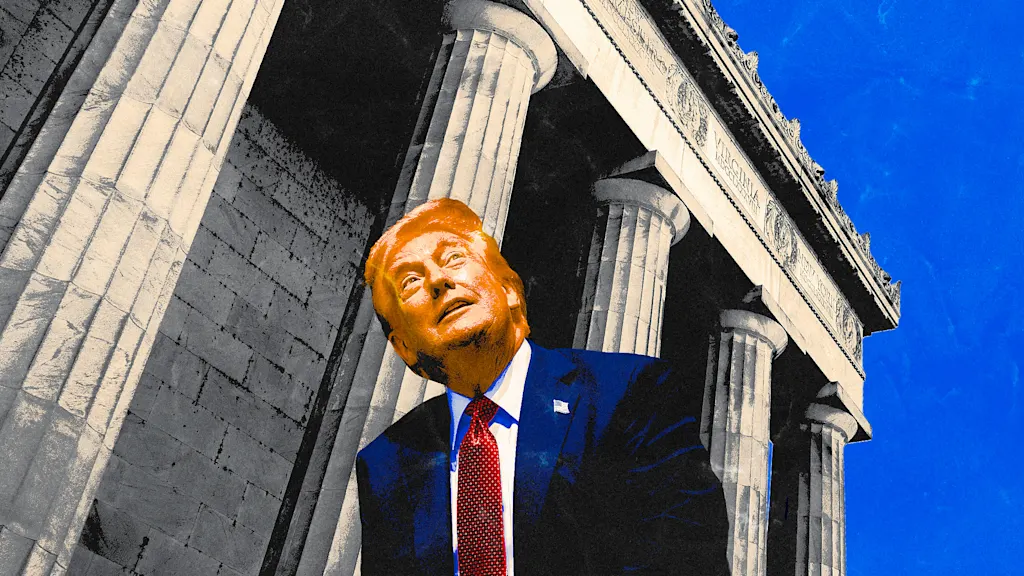
"The order, titled " Restoring America's Architectural Grandeur," requires federal buildings to maintain Trump's preferred variety of "classical architecture"-i.e. the Greco-Roman style favored in the days of the founding fathers. It further mandates that builders will have to notify the President if they plan to construct any federal building that deviates from this preferred style, "including where a design embraces Brutalist, Deconstructivist, or other modernist architecture.""
"In the first months of his second term, Trump has already begun imposing his personal aesthetic on the White House. The President, who has called "the look and feel of Louis XIV" his "favorite style," has bedecked the Oval Office in gaudy gold decorations, filled the White House with art featuring his own image, and begun renovating the Rose Garden to resemble his resort in Mar-A-Lago. Now, he's turning his attention toward reshaping Washington-and every federal building nationwide-according to his own design sensibilities."
"Trump's fixation on "classical architecture" is nothing new. During his first term, he issued a 2,500-word executive order that laid out which types of federal architecture were acceptable (classical and traditional) and which were not (Brutalist and modernist). Biden revoked that original order when he took office in 2021, but Trump signaled his plan to pursue it once again almost immediately after starting his second term in late January. Now, he's one step closer to achieving his goal."
The executive order mandates that federal buildings adhere to a classical Greco-Roman architectural style and requires builders to notify the President when designs deviate toward modernist approaches such as Brutalist or Deconstructivist styles. The President has begun altering the White House aesthetic with Louis XIV–inspired decor, gold ornamentation, self-referential artwork, and Rose Garden renovations modeled on a private resort. A previous 2,500-word order from his first term established similar standards and was revoked in 2021. Supporters involved in drafting the new order expect its effects to appear soon and have pointed to courthouse design plans as immediate examples.
Read at Fast Company
Unable to calculate read time
Collection
[
|
...
]